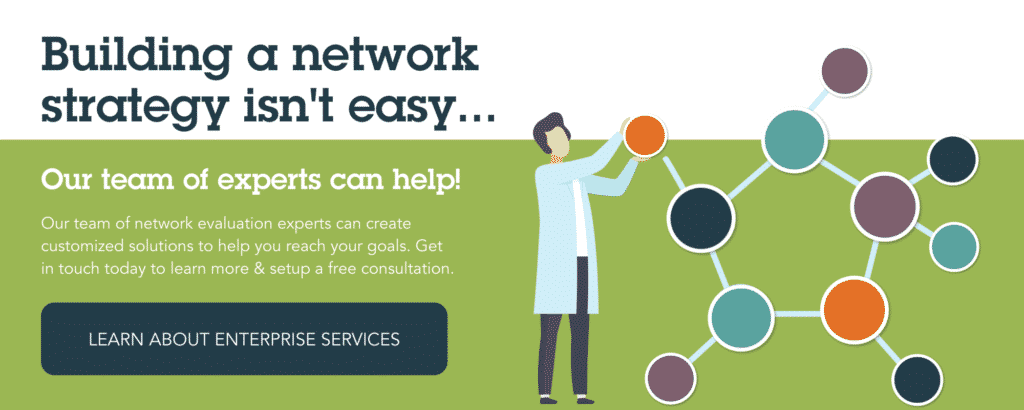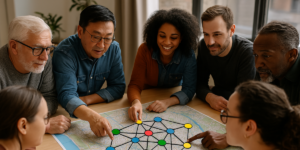Increasing Community Level Social Capital: A Network Perspective on State-Society Synergy

“Can state–society synergy be created in the short run, or does it require historically deep institutional and normative foundations?” In other words, what role can an outside party—such as a government or state actor—play in constructing social capital when it is not a permanent fixture of the existing interrelationships within a community? Taking a network perspective, this exploratory research examines community-level social capital outcomes of a government-led intervention. Operationalized as social networks, social capital is measured as an increase to the strength of weak ties and reduction in redundancy among exchange relationships. Findings suggest that state–society synergy has the potential to increase bridging social capital in communities. In addition, communities with higher levels of cohesion and connectivity pre-intervention results in greater increases to social capital, and although trust plays a crucial role in development of social capital, the influence organizations are perceived to have does not.
Looking for more information and resources about collaborative performance and perceptions of success? Visit our Resources Library for info on all our unique network metrics, like value, trust and mission success!
We also recommend the resources at the Network Weaver website: click here to see them all!





